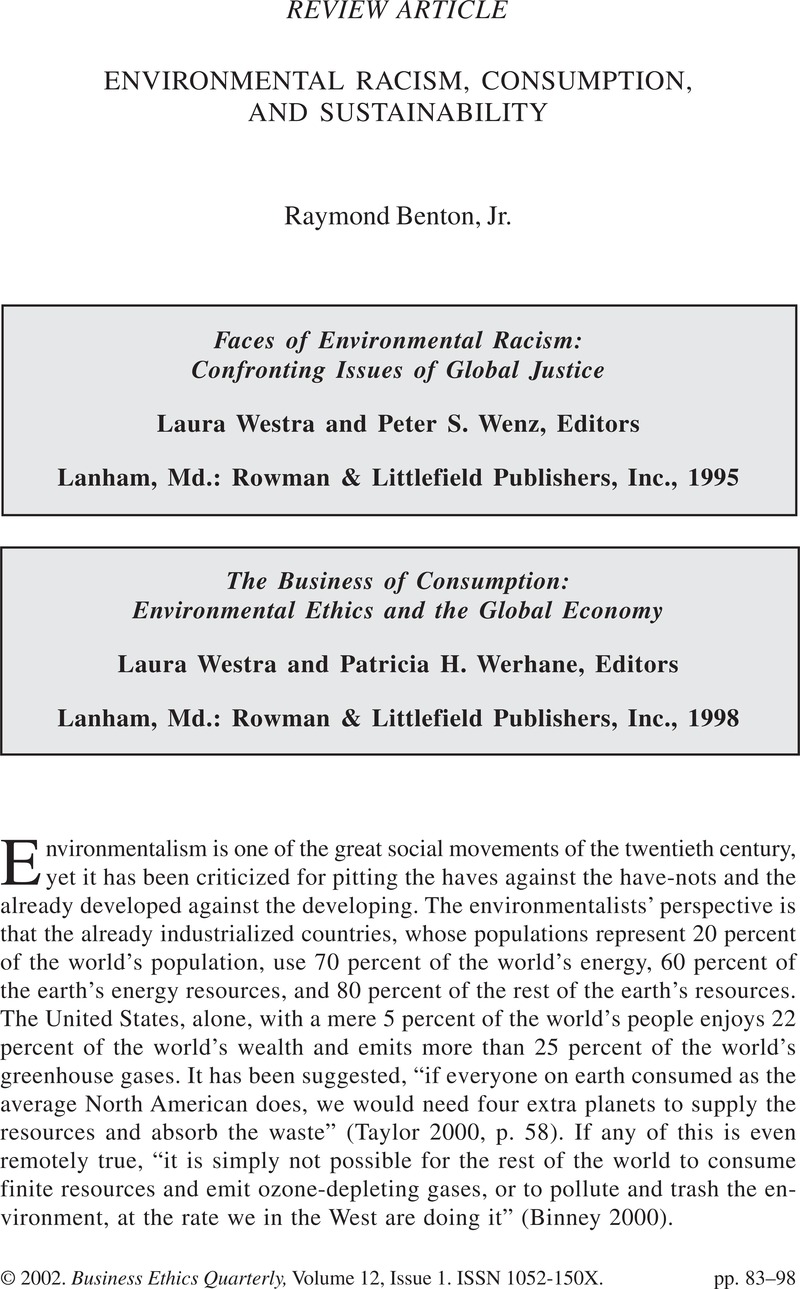Crossref Citations
This article has been cited by the following publications. This list is generated based on data provided by Crossref.
Benton, Raymond
2008.
Business, Ethics, and the Environment: Imagining a Sustainable Future, by Joseph R. DesJardins. Upper Saddle River, N.J.: Pearson Prentice Hall, 2007.
Business Ethics Quarterly,
Vol. 18,
Issue. 4,
p.
567.
Michaelson, Christopher
2010.
Revisiting the Global Business Ethics Question.
Business Ethics Quarterly,
Vol. 20,
Issue. 2,
p.
237.



